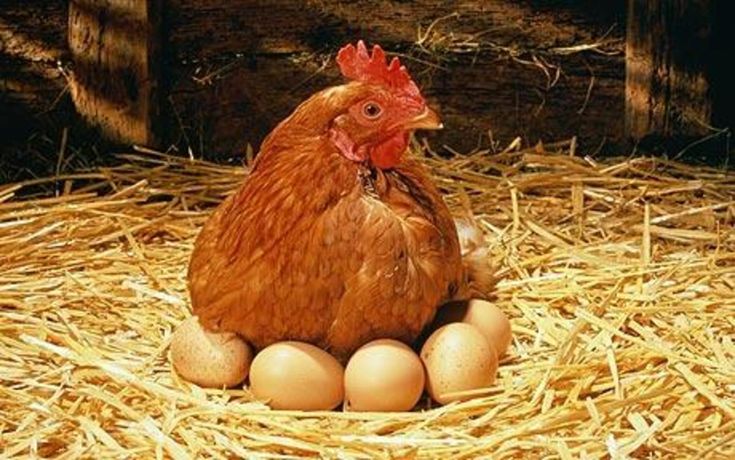When it comes to providing the best environment for your feathered friends, selecting the right nesting material is crucial. One popular choice among chicken enthusiasts is pine shavings for chicken nesting. This material is not only readily available but also offers numerous benefits that can enhance the well-being of your chickens.
To ensure your chickens are comfortable and happy, it’s essential to understand why pine shavings are a favored option and how to use them effectively. In this guide, we’ll explore the advantages of using pine shavings, how to prepare them for nesting, and tips to maintain a clean and healthy coop.

What Are Pine Shavings?
Pine shavings are thin, curly pieces of wood that are derived from pine trees. They are commonly used in animal bedding due to their absorbent nature and pleasant aroma. These shavings are an excellent option for chicken nesting as they provide a soft, comfortable surface for your hens.
Why Choose Pine Shavings for Chicken Nesting?
Absorbency
One of the primary reasons chicken owners prefer pine shavings is their high absorbency. They effectively soak up moisture, keeping the nesting boxes dry and reducing the risk of mold and bacteria growth. This is essential for maintaining a healthy environment for your chickens.
Natural Pest Repellent
Pine shavings have a natural scent that can help repel pests such as lice and mites. This is a significant advantage, as it reduces the need for chemical treatments in your coop.
Comfort and Insulation
The soft texture of pine shavings provides a comfortable nesting area for your hens. Additionally, they offer excellent insulation, helping to regulate temperature and keep your chickens warm during colder months.
Preparing Pine Shavings for Nesting
Choosing the Right Shavings
When selecting pine shavings for your chicken coop, it’s important to choose high-quality, dust-free options. Avoid shavings that are too fine, as they can cause respiratory issues for your chickens.
Layering the Shavings
Start by cleaning the nesting boxes thoroughly. Once clean, spread a layer of pine shavings evenly, about 2-3 inches thick. This provides a soft, comfortable base for your hens to lay their eggs.
Regular Maintenance
Regularly check the nesting boxes for moisture and replace soiled shavings promptly. This helps prevent any unpleasant odors and maintains a clean environment for your chickens.
Tips for Maintaining a Healthy Coop
Ventilation
Ensure your chicken coop is well-ventilated to prevent moisture buildup. Proper airflow helps keep the pine shavings dry and reduces the risk of respiratory issues for your chickens.
Regular Cleaning
Conduct routine cleaning of the coop, removing old shavings and replacing them with fresh ones. This keeps the nesting area hygienic and comfortable for your chickens.
Alternative Nesting Materials
While pine shavings are a popular choice, there are other materials you can consider for chicken nesting. Straw, hay, and shredded paper are also viable options, each with its own benefits and drawbacks.
Straw and Hay
Straw and hay provide good insulation and are natural bedding choices. However, they tend to be less absorbent than pine shavings, requiring more frequent changes.
Shredded Paper
Shredded paper is an economical option, but it may not offer the same level of comfort as pine shavings. Ensure the paper is free from ink and chemicals to avoid potential health risks.
Conclusion
Choosing the right nesting material is essential for the health and well-being of your chickens. Pine shavings for chicken nesting offer a range of benefits, from absorbency and comfort to pest control. By following the tips outlined in this guide, you can create a safe and comfortable environment for your feathered friends.

FAQs
Are pine shavings safe for chickens?
Yes, pine shavings are safe for chickens as long as they are dust-free and used in moderation. They provide a comfortable and absorbent bedding option.
How often should I change the pine shavings?
It’s recommended to change the pine shavings in nesting boxes at least once a week or more frequently if they become soiled.
Can I use cedar shavings instead of pine?
It’s best to avoid cedar shavings for chicken nesting as they can release aromatic oils that may be harmful to chickens’ respiratory systems.
For more information on creating the perfect nesting environment, visit Elliott Homestead’s guide to nesting boxes.
Additionally, you can learn more about signs a hen is about to lay and other helpful tips on community nesting box design.
This article contains affiliate links. We may earn a commission at no extra cost to you.











